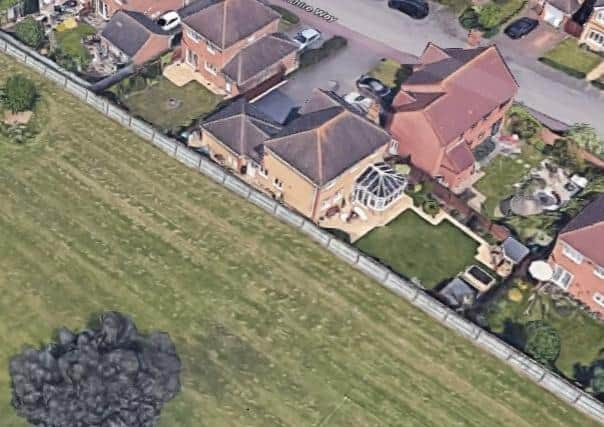School in Milton Keynes can’t have a new security fence because it would spoil the neighbours’ view – inspector rules
and live on Freeview channel 276
Romans Field School had wanted to replace a 1.8m (5ft 10 inch) wooden fence with a 2.4m (7ft 9 inch) green metal mesh barrier on its site, which backs on to Wiltshire Way.
Milton Keynes Council had refused planning permission, so the school in Shenley Road, Bletchley, took the battle of the boundary to the Government’s Planning Inspectorate.
Advertisement
Hide AdAdvertisement
Hide AdThe 600mm height difference between the current and proposed fence turned out to be the deciding factor for planning inspector Andrew Smith.


He said the extra height would mean all the difference for two houses in Wiltshire Way.
Mr Smith said the “clear aspect” that the two houses had would be “eroded to a noteworthy degree” by the “imposition” of a taller fence so close to their windows.
He said it “would appear unduly prominent and overbearing and lead to an unacceptable loss of outlook from the internal area”.
Advertisement
Hide AdAdvertisement
Hide AdMr Smith acknowledged that fencing and gates would provide security benefits for the school and its potentially vulnerable students.
He was even told that some pupils had got into neighbouring gardens, but it was not demonstrated to him that this happened frequently, or that the new fence was necessary to deter children from getting out.
The school is also planning to expand. But the inspector said he saw no clear reason why this should justify the new fence.
“As a further note,” he added, “there is nothing before me to indicate that the site or wider local area is prone to regular instances of crime.”
“The benefits of the scheme would not outweigh the harm to neighbouring living conditions,” he concluded.
“That harm is the overriding consideration in this case.”